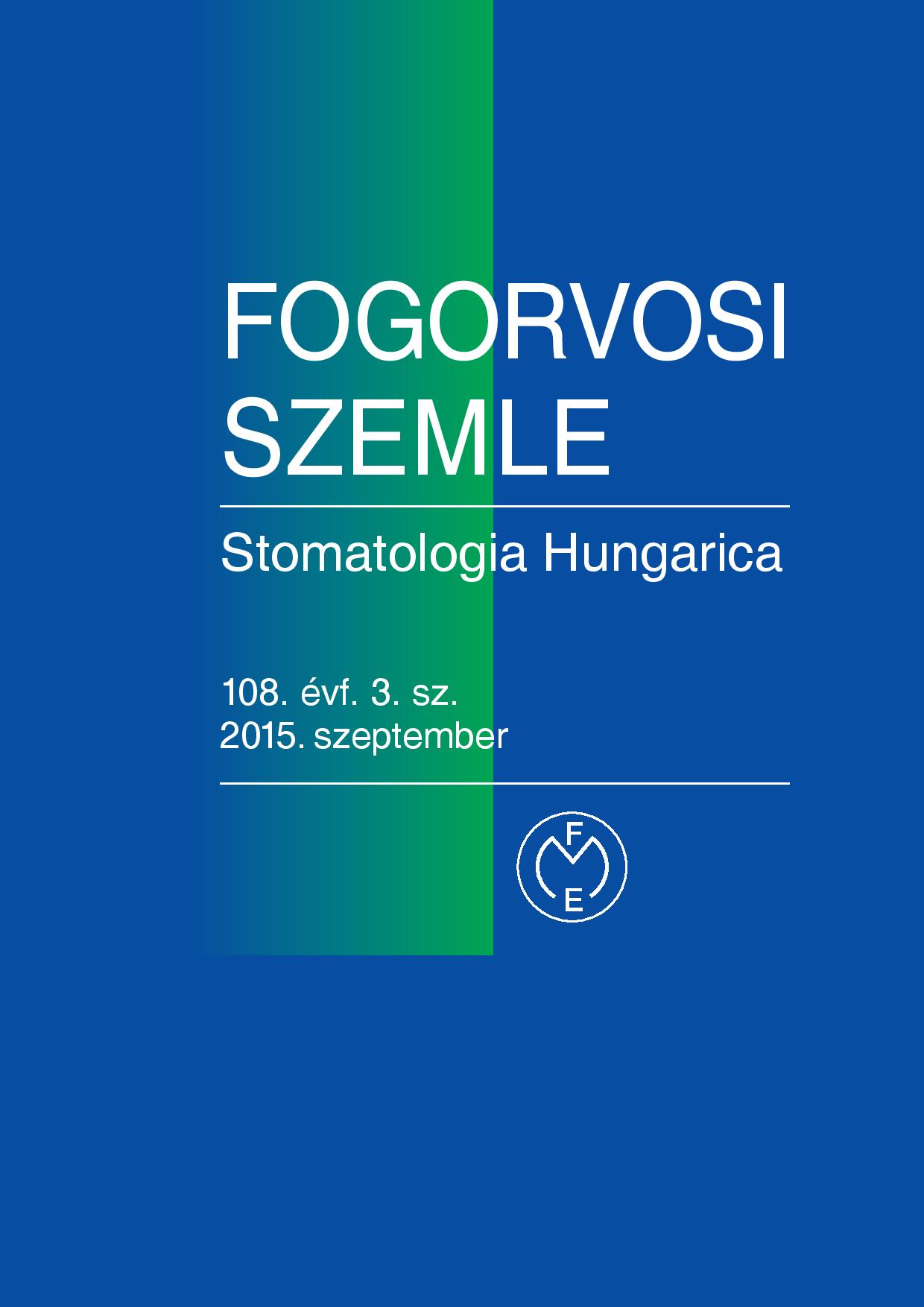Effect of BMP-2 treatment on the morphology and proliferation of human embryonic palatal derived mesenchymal preosteoblast cells
Abstract
In dental implantation missing tooth or teeth are replaced by artificial root. To reduce the time required for the integration
newest trends are the enhancement of bone formation around the implant by bioactive molecules, growth factors. Such
a molecule is bone morphogenetic protein – 2 (BMP-2) accepted by US Food and Drug Administration (FDA).
In these kind of applications effect of BMP-2 is tested in vitro on appropriate cell lines. One of these cell lines is the
osteoblast like human embrionic palatal mesenchymal cell line (HEPM). In our experiments the effect of BMP-2 homodimer
treatment was investigated on the differentiation of HEPM cells to osteoblasts reflected by changes in morphology,
and proliferation after a short, 3 days BMP-2 treatment.
Results were showed that after three days BMP-2 treatment facilitates cell attachment on a concentration dependent
manner however changes in cell morphology and proliferation could not be observed.
Continuing the BMP-2 treatment inhibitory effect was measured in cell proliferation, which may refer to cell differentiation.
Copyright (c) 2021 Authors

This work is licensed under a Creative Commons Attribution 4.0 International License.


.png)




1.png)



